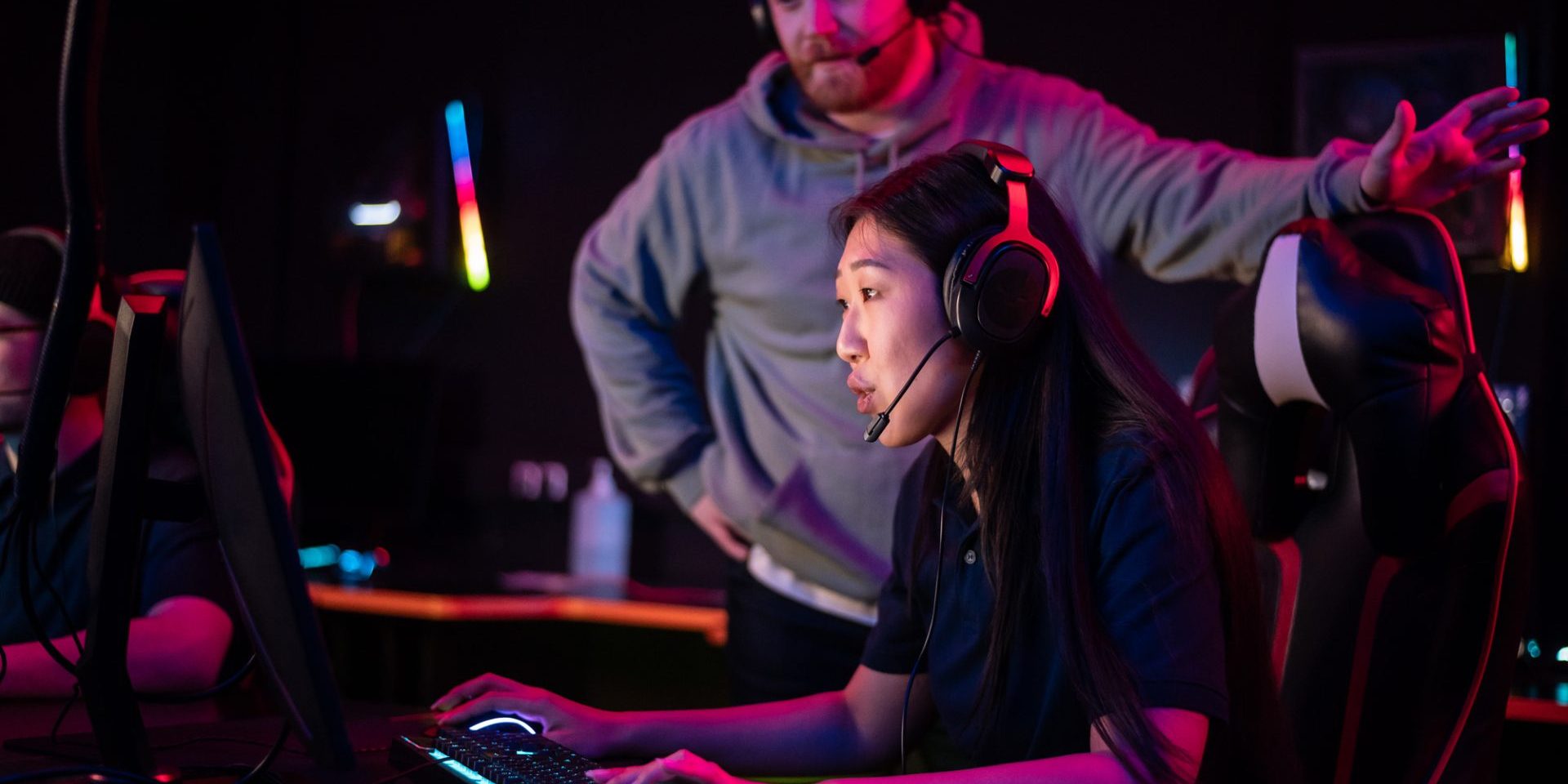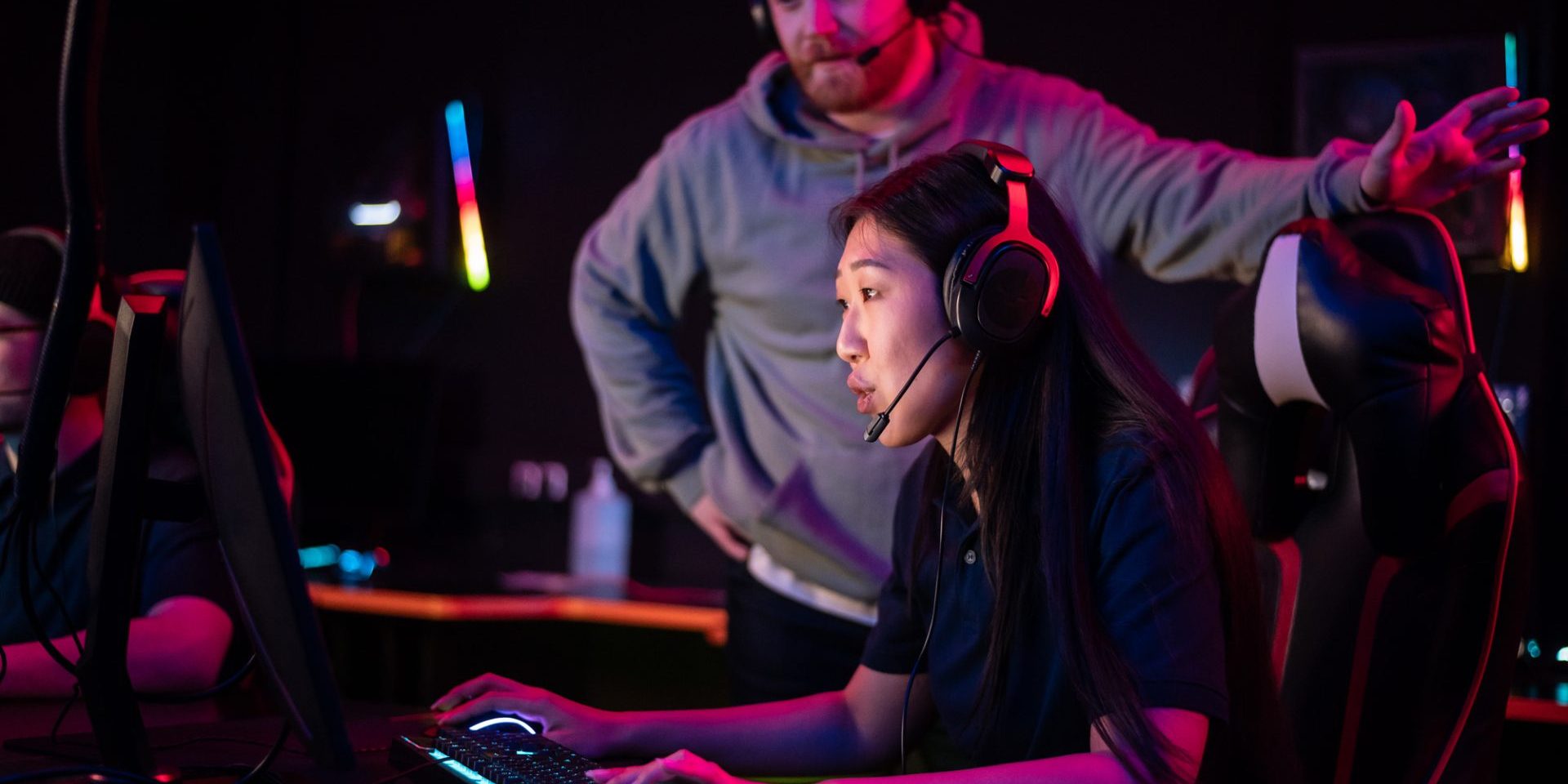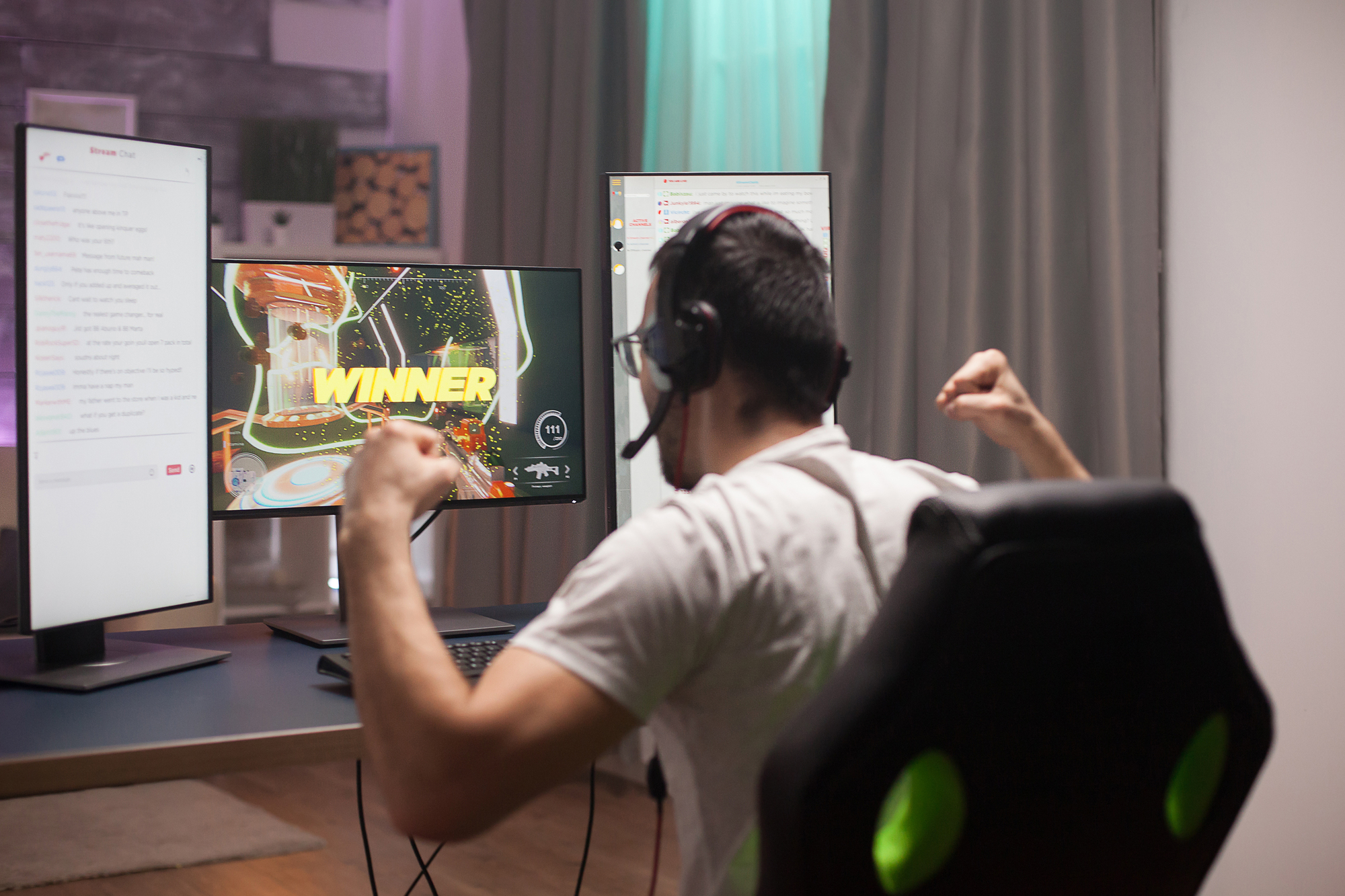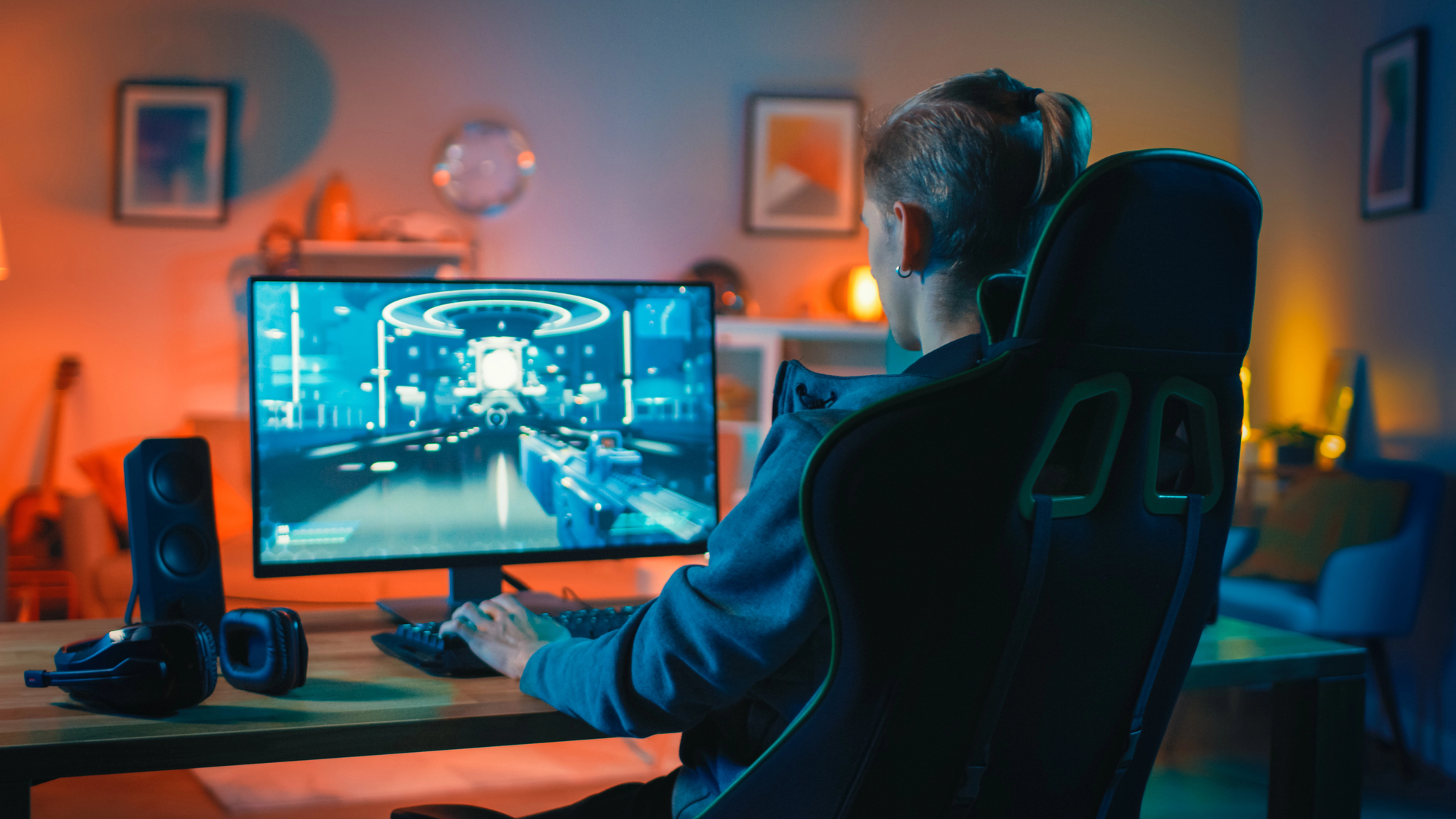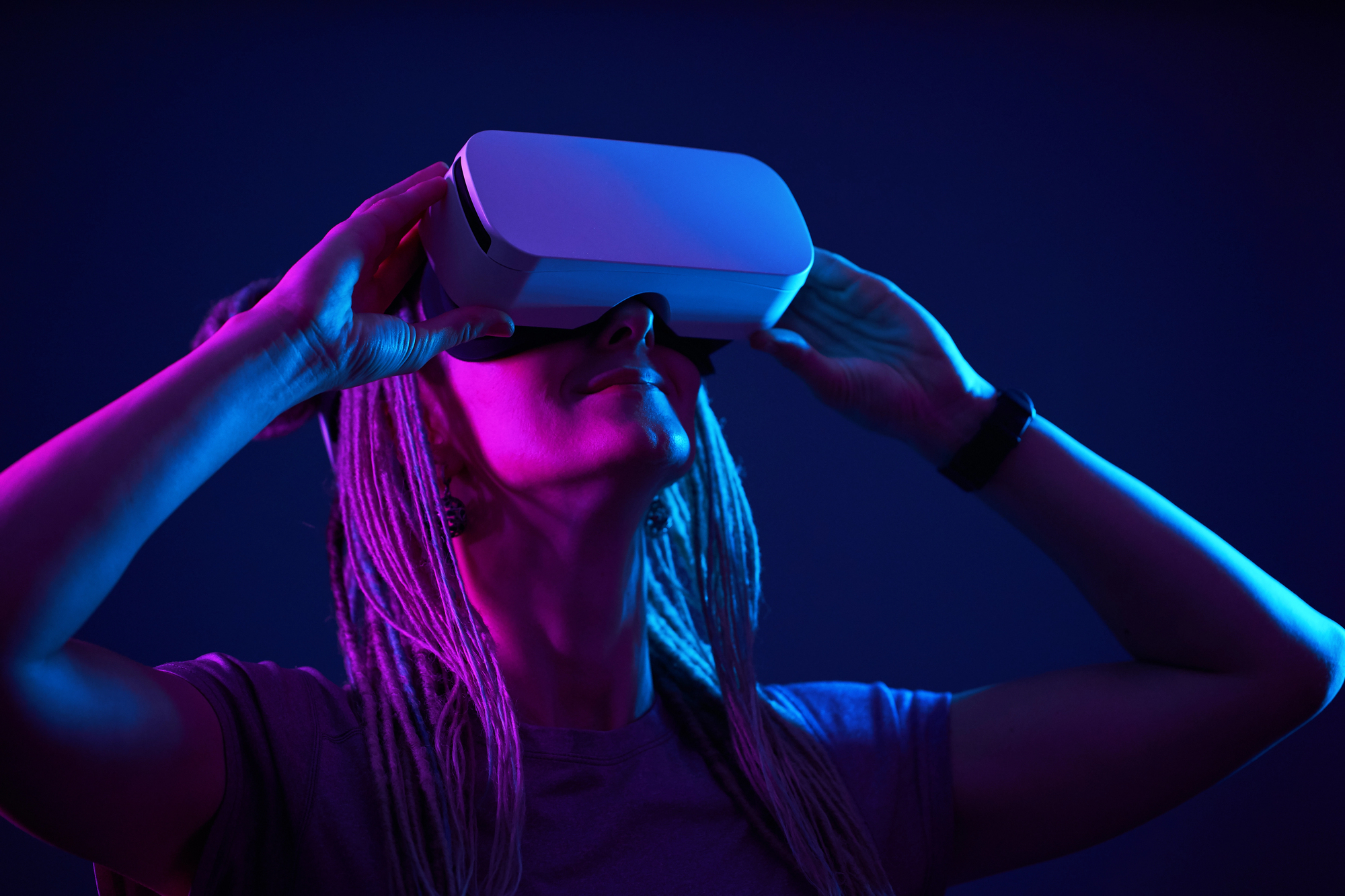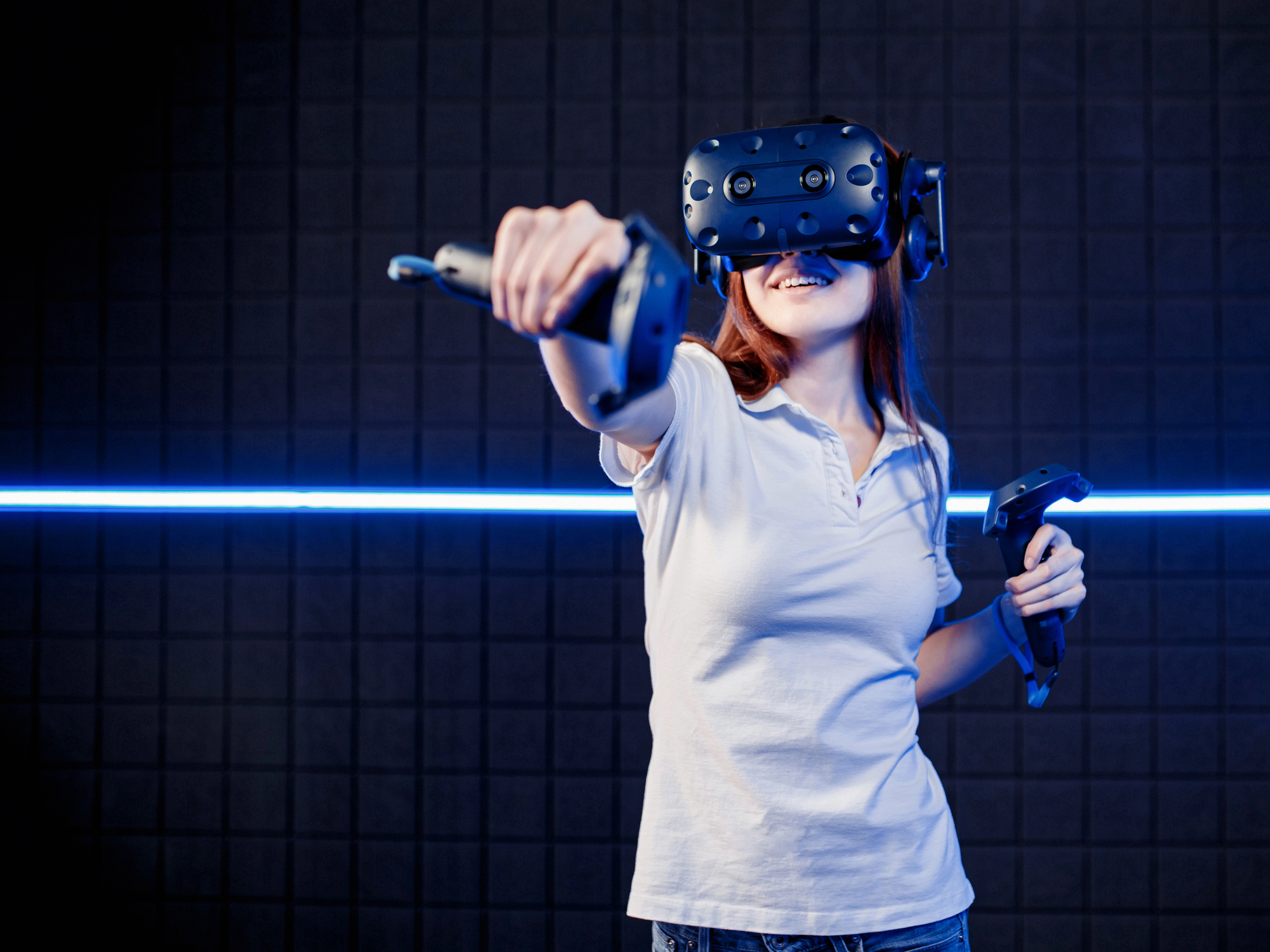Digital art continues to evolve, drawing inspiration from various sources, including the vibrant world of gaming. Video games have become a creative playground for artists, blending interactive experiences with visual storytelling. This fusion has led to new artistic expressions that push the boundaries of traditional mediums.
The intersection of gaming and digital art is fostering innovative approaches to creativity and audience engagement. Artists are incorporating game-like elements into their work, such as interactivity and immersive environments. This trend is exemplified by artists like LuYang, whose retrospectives showcase the fertile ground where gaming and contemporary art meet.
As technology advances, the lines between digital art and gaming blur further. Artificial intelligence is playing an increasing role, acting as a virtual collaborator in the creation process. This symbiosis of human creativity and machine assistance is opening up fresh avenues for artistic expression in the digital age.
Evolution of Digital Art through Gaming
Gaming has significantly shaped digital art, influencing aesthetics, techniques, and creative expression. This synergy has led to groundbreaking artistic developments and new forms of visual storytelling.
Historical Milestones and Digital Pioneers
The 1980s marked the beginning of gaming’s impact on digital art. Early video games like Pac-Man and Space Invaders introduced pixel art, a style that became iconic. Artists began experimenting with limited color palettes and low-resolution graphics, creating visually striking works within technical constraints.
The 1990s saw rapid advancements in 3D graphics. Games like Doom and Quake pushed the boundaries of real-time rendering, inspiring artists to explore three-dimensional digital spaces. This period also saw the rise of demoscene, a computer art subculture that produced audiovisual presentations showcasing technical and artistic skills.
By the late 1990s and early 2000s, games like Final Fantasy VII and Metal Gear Solid elevated storytelling and cinematic presentation in games, blurring the lines between interactive entertainment and digital art.
The Gaming Revolution and Artistic Expression
As technology advanced, games became powerful platforms for artistic expression. Titles like Journey and Shadow of the Colossus demonstrated how games could evoke emotion through minimalist design and atmospheric storytelling.
Independent game developers emerged as digital artists in their own right. Games like Braid and Limbo showcased distinctive visual styles, proving that games could be both commercially successful and artistically innovative.
The rise of procedural generation in games like No Man’s Sky opened new avenues for algorithmic art creation. This technology allowed for vast, computer-generated worlds, each with its own artistic flair.
Contemporary Digital Art Forms and Gaming
Modern gaming continues to push digital art forward. Virtual reality games create immersive 3D environments that viewers can explore, challenging traditional notions of art spaces.
Augmented reality games like Pokémon GO blend digital art with real-world environments, creating new possibilities for interactive public art installations.
Esports and streaming have given rise to dynamic forms of performance art, with players and content creators becoming digital performers in their own right.
Game engines are now used beyond gaming, finding applications in film production, architectural visualization, and interactive art installations. This crossover has further blurred the lines between gaming technology and other forms of digital art creation.
Technological Impact and Artistic Tools
Gaming technology and digital tools have revolutionized artistic creation, blending the boundaries between interactive entertainment and visual art. These advancements have opened up new possibilities for artists to express their creativity and engage audiences in innovative ways.
Advancements in Gaming Technology
The rapid evolution of gaming technology has significantly influenced digital art. High-performance graphics cards and powerful game engines like Unreal Engine and Unity have enabled artists to create stunningly realistic 3D environments and characters. These tools, originally developed for video games, now allow artists to produce cinematic-quality visuals and animations for various artistic projects.
Real-time rendering capabilities have transformed the artistic process, giving creators instant feedback on their work. This immediacy has led to more experimental and iterative approaches in digital art creation. Additionally, the rise of procedural generation techniques in games has inspired artists to explore algorithmic art, where complex visual patterns and landscapes are generated through code.
Digital Tools Transforming Artistic Creation
Digital art software has become increasingly sophisticated, offering artists a wide array of creative options. Programs like Adobe Creative Suite, Procreate, and Clip Studio Paint provide powerful features that simulate traditional media while offering unique digital capabilities. These tools enable artists to seamlessly blend different techniques and styles, resulting in hybrid artworks that push the boundaries of conventional art forms.
3D modeling software such as Blender and ZBrush has become more accessible, allowing artists to create intricate sculptures and environments in virtual space. The integration of these 3D tools with 2D painting software has led to the emergence of 2.5D art, a popular style in both gaming and contemporary digital art.
The Role of VR and AR in Art and Gaming
Virtual and augmented reality technologies have created new frontiers for artistic expression and audience engagement. VR platforms like Tilt Brush and Oculus Medium allow artists to paint and sculpt in three-dimensional space, creating immersive artworks that viewers can explore from all angles. This technology has given rise to virtual galleries and exhibitions, where artists can showcase their work in custom-designed digital environments.
AR applications have brought digital art into the physical world, enabling artists to create location-based installations and interactive experiences. Games like Pokémon GO have demonstrated the potential of AR to blend digital creations with real-world settings, inspiring artists to experiment with similar concepts in their work.
Cultural and Societal Influences
Digital art’s connections to gaming have sparked significant changes in cultural expression and societal norms. These shifts affect education, film, fashion, and institutional recognition.
The Intersection of Gaming and Society
Gaming has become a powerful force shaping social interactions and cultural trends. The gaming industry’s influence extends beyond entertainment, impacting how people communicate and perceive art. Online gaming communities foster new forms of collaboration and creativity, blurring lines between players and artists.
Digital artists draw inspiration from game aesthetics, incorporating elements like pixel art and 3D modeling into their work. This cross-pollination results in fresh artistic styles that resonate with younger generations.
Social media platforms amplify the reach of gaming-inspired digital art, creating viral phenomena and new cultural touchstones.
Educational Perspectives and Institutional Recognition
Art schools and universities are adapting curricula to include digital art techniques derived from gaming. Students learn skills like 3D modeling, animation, and interactive design, preparing them for careers in both fine art and game development.
Critics and curators are reevaluating digital art’s place in the art world. Institutions like the Julia Stoschek Foundation in Düsseldorf showcase digital artworks alongside traditional media, legitimizing their cultural value.
Hans Ulrich Obrist, a respected curator, champions digital artists and their connections to gaming culture in major exhibitions and publications.
Digital Art in the Context of Film and Fashion
The film industry increasingly incorporates gaming-inspired digital art in visual effects and animated features. Artists skilled in both realms create visually striking cinematic experiences that push creative boundaries.
Fashion designers collaborate with digital artists to produce virtual clothing collections and augmented reality experiences. These projects blend the physical and digital worlds, challenging traditional notions of fashion presentation.
Gaming aesthetics influence real-world fashion trends, with pixelated designs and retro game motifs appearing on runways and in streetwear.
Digital art installations inspired by gaming environments transform public spaces and galleries, creating immersive experiences that bridge virtual and physical realities.
The Economy of Digital Art in Gaming
Digital art in gaming has created new economic opportunities for artists, collectors, and platforms. This emerging market intertwines creativity, technology, and finance in unprecedented ways.
NFTs, Ownership, and the Virtual Marketplace
Non-fungible tokens (NFTs) have revolutionized digital art ownership in gaming. These blockchain-based assets allow players to truly own in-game items and artwork. NFTs provide verifiable scarcity and uniqueness, increasing the value of digital creations.
Artists can now sell their work directly to collectors, bypassing traditional gatekeepers. This direct connection has opened new revenue streams for creators. Games like Axie Infinity and Decentraland have built entire economies around NFT-based digital assets.
The virtual marketplace for gaming art continues to grow. Platforms like OpenSea and Rarible facilitate the buying and selling of NFTs, creating a bustling ecosystem for digital art trading.
Provenance, Scarcity, and Collectibility
Blockchain technology has solved long-standing issues of provenance in digital art. Each NFT contains a complete history of ownership, enhancing trust and authenticity in the market.
Scarcity plays a crucial role in the value of digital gaming art. Limited edition releases and one-of-a-kind pieces command premium prices. This artificial scarcity mimics traditional art markets, driving collector interest.
The collectibility of gaming art has surged. Rare in-game items and character skins have become prized possessions. Some collectors view these digital assets as investments, speculating on future value appreciation.
Curators and exhibition spaces have begun to recognize the artistic merit of gaming-related digital art. The Julia Stoschek Collection, for example, has featured works that blur the lines between gaming and contemporary art.
Impact of Blockchain on Art and Gaming Valuation
Blockchain technology has fundamentally altered how digital art in gaming is valued. Smart contracts allow for automated royalties, ensuring artists receive a percentage of secondary sales.
The immutability of blockchain records provides a layer of security against fraud. This increased trust has attracted more investors and collectors to the digital art market.
Cryptocurrency integration has made transactions faster and more accessible globally. This ease of exchange has expanded the potential buyer pool for gaming-related digital art.
The reputation of artists and the perceived cultural significance of their work still play significant roles in valuation. However, blockchain data now provides additional metrics for assessing an artwork’s worth.

